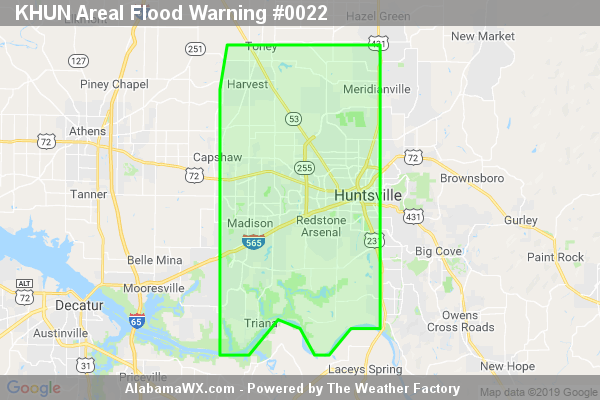
Areal In spring time, the floods are quite typical in Ostrobothnia, a flat-lying area in Finland. Flood in Jeddah, covering the King Abdullah Street in Saudi Arabia. Flooding of a creek due to heavy monsoonal rain and high tide in Darwin, Northern Territory, Australia. Types View of flooded New Orleans in the aftermath of Hurricane Katrina. Flooding can lead to secondary consequences in addition to damage to property, such as long-term displacement of residents and creating increased spread of waterborne diseases and vector-bourne disesases transmitted by mosquitos. While riverine flood damage can be eliminated by moving away from rivers and other bodies of water, people have traditionally lived and worked by rivers because the land is usually flat and fertile and because rivers provide easy travel and access to commerce and industry.

Floods often cause damage to homes and businesses if they are in the natural flood plains of rivers. While the size of a lake or other body of water will vary with seasonal changes in precipitation and snow melt, these changes in size are unlikely to be considered significant unless they flood property or drown domestic animals.įloods can also occur in rivers when the flow rate exceeds the capacity of the river channel, particularly at bends or meanders in the waterway. įlooding may occur as an overflow of water from water bodies, such as a river, lake, or ocean, in which the water overtops or breaks levees, resulting in some of that water escaping its usual boundaries, or it may occur due to an accumulation of rainwater on saturated ground in an areal flood. In particular climate change's increased rainfall and extreme weather events increases the severity of other causes for flooding, resulting in more intense floods and increased flood risk. Human changes to the environment often increase the intensity and frequency of flooding, for example land use changes such as deforestation and removal of wetlands, changes in waterway course or flood controls such as with levees, and larger environmental issues such as climate change and sea level rise.

Floods are an area of study of the discipline hydrology and are of significant concern in agriculture, civil engineering and public health. In the sense of "flowing water", the word may also be applied to the inflow of the tide. Urban flooding in a street in Morpeth, EnglandĪ flood is an overflow of water ( or rarely other fluids) that submerges land that is usually dry. For other uses, see Inundation (disambiguation).


 0 kommentar(er)
0 kommentar(er)
